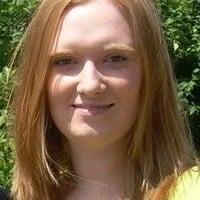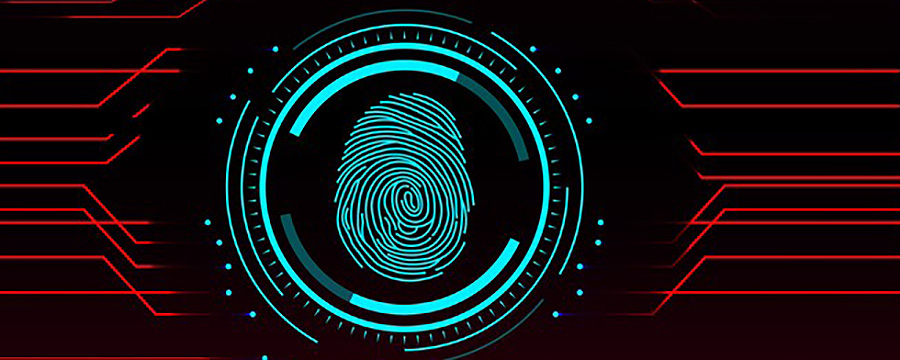#SC-03-09 Introduction to Forensic Science
About Course
University of StrathclydeDescription
Why join the course?
The course addresses four major evidence types: drugs of abuse, DNA, firearms and impression evidence, and discusses these through the exploration of a case-based scenario presented across a six-week modular framework.
You will learn forensic science through a theoretical murder case set on the murky shores of Loch Lomond. As the case unfolds each week, a number of evidence types, and the forensic science approaches that may be used to evaluate the evidence, are explored. All will be revealed in the final week, so make sure you are there to find out the identity of the murderer!
What topics will you cover?
- Explore the methods underpinning forensic science, from crime scene investigation to reporting evidential value within a case
- Examine the four major evidence types: drugs of abuse, DNA, firearms and impression evidence
- Learn how the initial crime scene is processed
- Review various types of evidence including drugs of abuse, fingerprints, DNA, footwear marks and firearms
- Formulate (and defend!) opinions on the case, based on your evaluation of the evidence
Who will you learn with?
Forensic science practitioner with over 10 years experience.
Expertise in DNA analysis, forensic biology, gunshot residue analysis and major crime examination.
Teaching Associate, Uni of Strathclyde
Who developed the course?
The University of Strathclyde is a leading international technological university located in Glasgow, Scotland’s biggest city, committed to useful learning.
What Will I Learn?
- Describe the fundamental principles applied to any investigation where forensic science is involved.
- Summarise the basic principles of crime scene investigation.
- Explain the theory of fingerprints, blood pattern analysis, DNA, footwear and tool mark impression evidence, and drugs of abuse in the context of Forensic Science.
- Explore the nature and limitations of the evidence that scientific tests deliver.
- Interpret the evidence presented as part of a case study by considering the subjective and objective nature of the evidence and what this may mean to the strength of your conclusions.
- Reflect on the use of forensic science in the criminal justice system.
Topics for this course
Welcome to the course
Forensic science at University of Strathclyde
The course educator – Laura Reaney
Welcome to your course00:03:53
What do you know about forensic science?
Our case study – the scene
Important aspects of CSI – introduction
Basic principles of crime scene investigation
Roles and reconstruction
Summary
Laura Reaney is a very good lecturer, and it was really interesting, and I was really focused throughout the class.
I've always loved suspense TV shows, and in this course I learned to explore ways to support forensic science, from crime scene investigation to the evidentiary value of reporting cases. I like this course very much.
This course allows us to learn forensic science through a theory of murder set on the shores of the dark Loch Lomond. As the case unfolds each week, some types of evidence and forensic science methods may be used to evaluate the evidence and explore. It's such an interesting course.
The course introduces the four main types of evidence: drug abuse, DNA, firearms, and impression evidence, which are discussed through a six-week modular framework based on exploration of case scenarios. That's very good.




